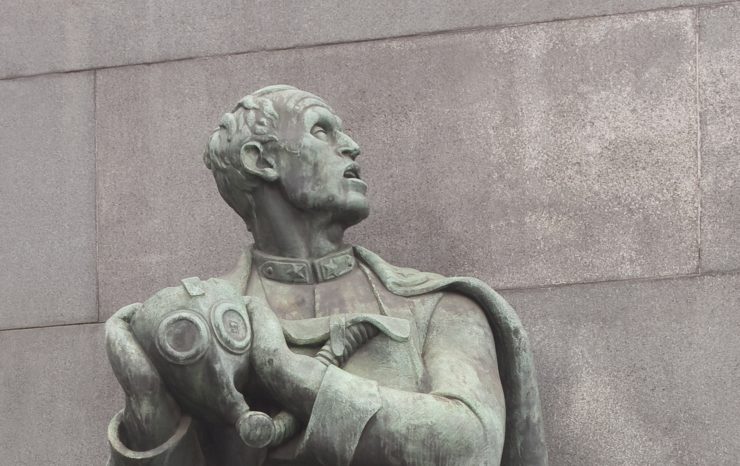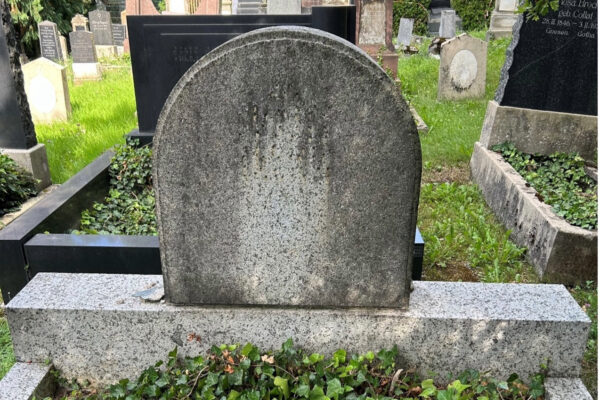As a historian, I’ve been trained to look for stories in diaries and letters, memoirs and government documents — in short, textual sources. Not in shiny metal. But last fall, on a research trip to Italy to complete my book on Italian Jewish history, I looked at another kind of source: bronze monuments.
Monuments in Italy come in just about every size and style. Some are in the central piazzas, others in parks. Still, if they date from the Fascist period, they are likely to have one thing in common — a focus on war.
Take the World War I memorial in Piazza Castello in Turin. It features larger-than-life soldiers, one with clenched fists and a determined look, the other grasping a gas mask. Both are ready to trudge back into battle.
In some respects, Italy is not unusual. All European countries commemorated World War I, then called “The Great War,” which claimed 16 million lives. Americans visiting Europe are immediately struck by the abundance of memorials. From grandiose statues in the capitals — akin to those in Washington, D.C. — to modest plaques in the remotest villages, Europe has many more war monuments than does the United States. The French alone built more than 30,000 memorials. In each country, the war left different kinds of scars, and the monuments played a different role.
Monuments raise questions about the lasting impact of war. In what ways does war transform society? How does it affect soldiers and civilians? Do the effects of warcontinue for years, indeed decades and centuries? These questions are at the heart of Chapman University’s new War and Society master’s degree program, launched this fall by the Department of History. Courses examine war’s connection to issues such as race, gender, empire and migration, to mention just a few.
Italian monuments reveal a great deal about that nation’s society between the two world wars. During that period, nationalists resented the terms set by the victors of World War I. They claimed that Italy deserved more territory than it received. Benito Mussolini, who installed a Fascist regime in 1922, vowed to fi x this. He promised to make Italy one of the strongest powers in Europe by militarizing Italian society.
Fascist leaders revered war and everything related to it. They invented the motto “Believe, Obey, Fight.” In the words of one Fascist official, war-making came as naturally to the regime as eating a plate of macaroni. The regime glorified World War I especially. That was the moment, Mussolini believed, in which Italy began to show its true military force.
And that is why, all throughout interwar Italy, municipalities built lavish statues of heroic-looking, muscular men eager to fight. In 1926, no fewer than 40 celebrations in Verona alone inaugurated monuments to the war’s fallen soldiers. Alongside these monuments, Italians produced postcards idealizing soldiers. They created paramilitary youth movements replete with uniforms, toy weapons and a ranking system. Army generals visited schools to teach military culture.
Today, the monuments make great photo-ops for tourists, or convenient stops at which to rest and eat a gelato. They also tell a story about the Italian past.
Shira Klein, Ph.D., is an assistant professor of history at Chapman University.





Add comment